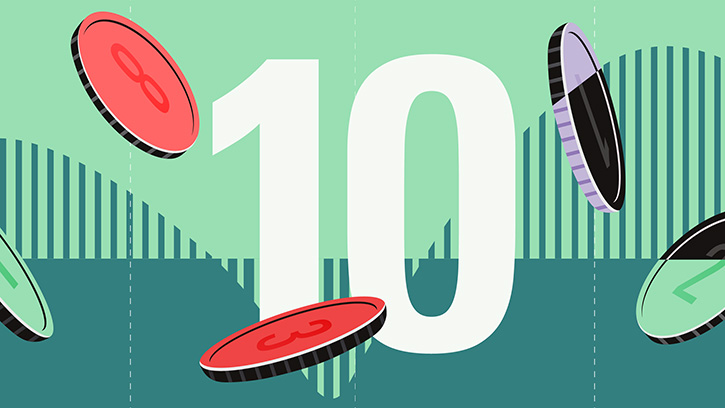See more episodes of Quant Concepts here
Emily Halverson-Duncan: Welcome to Quant Concepts. With many Canadians holding dividend-paying stocks, it's important to ensure they're looking for the right companies that can withstand different market environments and unexpected shocks to the economy. We've seen in recent days market sliding, so now is a good time to review your portfolio and make sure you're set up for success over the long term.
This is one of the reasons why it's important to distinguish between dividend-paying stocks and dividend-growing stocks. Dividend-paying stocks are just that – stocks that pay a dividend. Whereas dividend growers not only pay a dividend but also have a track record of increasing their dividends consistently over time. These stocks are typically more stable in nature and are less likely to be as heavily affected by fluctuations in the market. So, let's take a look at how to build this model.
First off, we're going to rank our Canadian universe of stocks which today holds 700 stocks. And the factors we're going to use to rank are five-year normalized dividend growth. So, it looks at whether or not a company has been growing their dividends across the last five years in an annualized number. We want higher values there. Expected dividend growth is what the company is expected to grow in the next one year, so what they're projecting and announcing that they will be paying in dividends compared to what they previously paid. Quarterly earnings surprise, a little bit of a momentum kick that we're adding in there. So, whether or not they're outperforming based on what they've announced they will be – or what analysts are expecting they're going to be projecting for earnings.
One of our first screens here is five-year normalized dividend growth. We want that to have a value in the top third of peers. So, what that means is a value of 9.22% or higher. We want our expected dividend growth to be positive. And we want our dividend payout ratio, which looks at how much of their earnings were paying out as dividends, to be less than or equal to 75%. The reason we do that is to make sure that they're not paying out too much of their earnings in dividends and still have some leftover to actually grow the company. On the sell side, we're going to sell stocks who have a five-year dividend growth in the bottom half of peers. So, right now, that's a value of 3.08% or lower, and stocks that have a payout ratio above 80%. So, again, they're paying out too much at that point in dividends to not actually be growing the business themselves.
So, now let's see how the model did over the long term. Here, we're going to run a 15-stock back test from January 2004 until January 2020.
Okay. So, the model returned 12.9% across that time period, which is a performance of 5.4% against the benchmark, which in this case is the S&P/TSX Composite. Turnover, which looks at how often you're trading stocks, was very low at 32%. So, what that means is on 15 stocks, you'd be trading roughly a third of them each year, give or take some years could be a bit higher, some years could be a bit lower. Some of the metrics I always like to look at – downside deviation, which looks at the volatility of negative returns for the strategy was 7% and the benchmark was 8.5. So, it is a lower downside deviation here indicating that this model is better at withstanding volatility than the average benchmark.
My favourite chart that I like to look at, this green and blue chart here, looks at how the model did in both up and down markets. In up markets, the model outperformed 52% of the time, whereas, in down markets, it actually outperformed 71% of the time. So, there's a lot more of a focus you can see here on downside protection rather than just trying to ride the upswings of the market. So, for those of you that are investing in dividend stocks, maybe worthwhile looking at whether or not your companies are just paying dividends or whether they're growing them across the long term.
For Morningstar, I'm Emily Halverson-Duncan.
Investing in the sustainable economy
Learn about the companies best positioned to survive and thrive in the low-carbon future


















